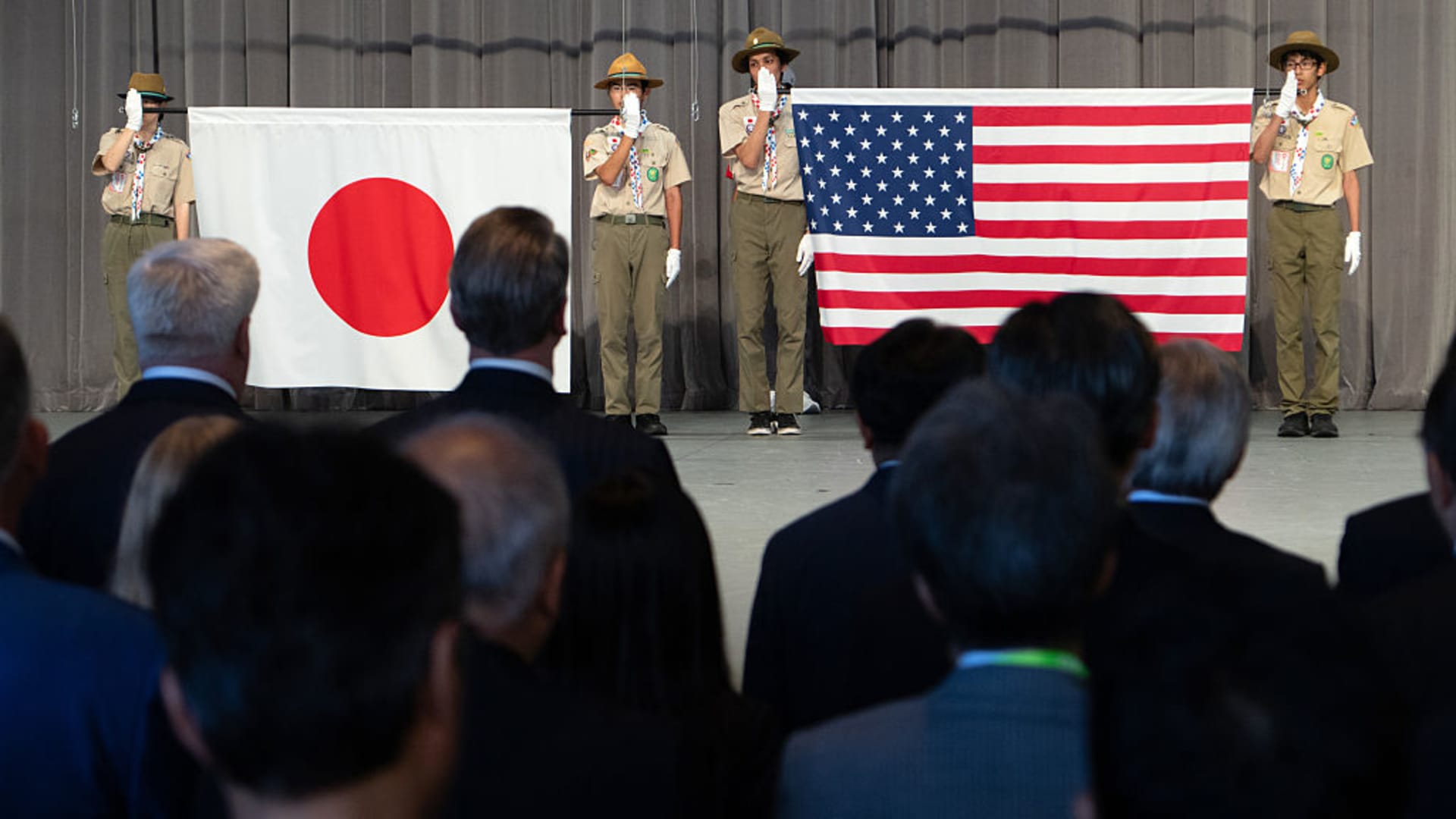
CNBC Daily Open: The 15% tariff rate on Japan can feel like a relief only because of hefty ones before
How did your country report this? Share your view in the comments.
Diverging Reports Breakdown
CNBC Daily Open: The 15% tariff rate on Japan can feel like a relief only because of hefty ones before
The anchoring effect is one of the sneakiest tools companies use to make us spend money. The more expensive smartphone will serve as the “anchor” by which we make comparisons. U.S. President Donald Trump said Washington would gain access to Japan’s markets for rice and cars. The latter would pay 15% tariffs on its exports to America.
The anchoring effect is one of the sneakiest tools companies use to make us spend money.
Here’s how it works. Let’s say we’re shopping for a smartphone manufactured by Dapple, which has just released two new models: a $1,200 model with a big screen and a $900 one that is more compact. The more expensive smartphone will serve as the “anchor” by which we make comparisons, so the $900 model will appear to be value for money — even if it is costly in absolute terms. But we’re likely to feel good about choosing it because we’ve “saved” $300 on our purchase.
This scenario seems to be what’s happening with the U.S-Japan trade agreement freshly announced late Tuesday stateside. U.S. President Donald Trump said Washington would gain access to Japan’s markets for rice and cars — which had been sticking points during negotiations — while the latter would pay 15% tariffs on its exports to America.
At first glance, that doesn’t sound too positive for Japan. But, in comparison with the 25% tariff Trump slapped on Tokyo earlier this month, it’s a big improvement. As Brian Jacobsen, chief economist at Annex Wealth Management, said, “It’s a sign of the times that markets would cheer 15% tariffs. A year ago, that level of tariffs would be shocking. Today, we breathe a sigh of relief.” That, in essence, is the anchoring effect at play.
